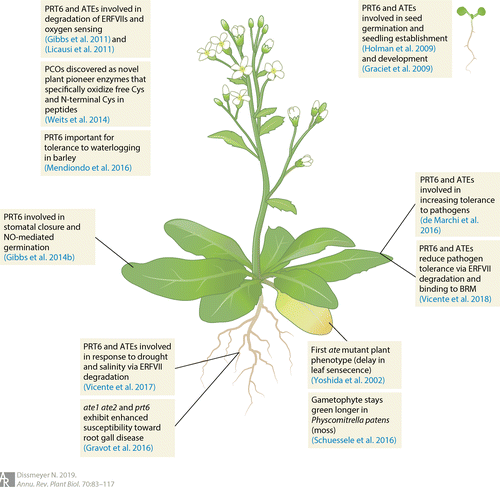
Review: N-degron pathway-mediated proteostasis in stress physiology (Annu Rev Plant Biol)
Plant Science Research Weekly
The rate of most biological processes is ultimately determined by protein activity levels, which of course are determined by rate of degradation or inactivation as well as production. Dissmeyer reviews the Cys/Arg branch of the N-degron pathway (previously called the N-end rule pathway) that contributes…
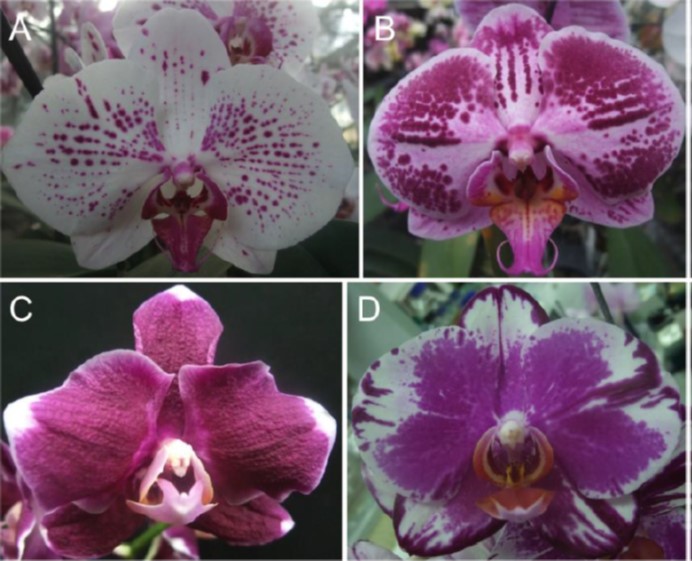
HORT1 retrotransposon causes harlequin/black flowers in Phalaenopsis orchids (Plant Physiol)
Plant Science Research WeeklyPhalaenopsis orchids produce beautiful, long-lived flowers and are widely popular houseplants. In 1996, a new variety was identified with intensely dark, nearly black pigmentation. Hsu et al. have identified the molecular basis for this phenotype; a Gypsy-like retrotransposon inserted in the promoter…
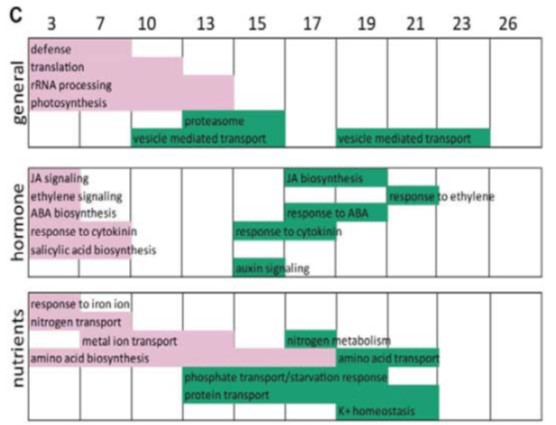
Identification of transcription factors regulating senescence in wheat through gene regulatory network modelling (Plant Physiol)
Plant Science Research WeeklyLike other seed crops, wheat yields depend in part on the efficiency with which nutrients stored in leaves are mobilized into the developing seeds. This depends on the several processes from macromolecule breakdown to transport, as well as the timing of leaf senescence. Borrill et al. used RNA analysis…
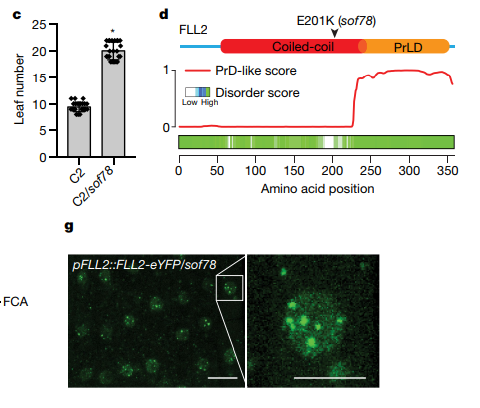
Arabidopsis FLL2 promotes liquid–liquid phase separation of polyadenylation complexes ($) (Nature)
Plant Science Research WeeklyThe nucleus of plants cells, like other eukaryotes, is full of non-membranous compartments separated by liquid-liquid phases. These complexes are often called nuclear bodies and concentrate proteins and nucleic acids. Disordered protein domains play a critical in their formation. Here, Fang et al. aimed…
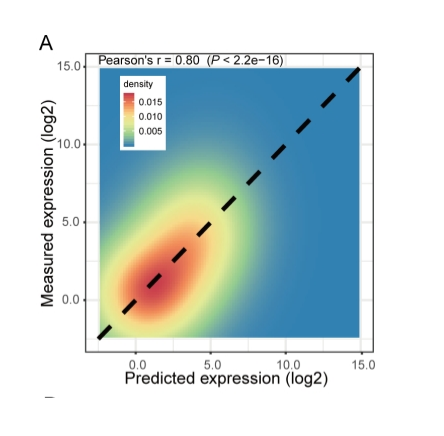
Chromatin signature and transcription factor binding provide a predictive basis for understanding plant gene expression (Plant Cell Physiol)
Plant Science Research WeeklyMachine learning is a booming research field, also in Plant Science. Here, Wu et al. use chromatin modifications and transcription factors to predict transcription levels in Arabidopsis and rice. This is not only important for prediction but also to understand the mechanisms underlying epigenetic regulation.…
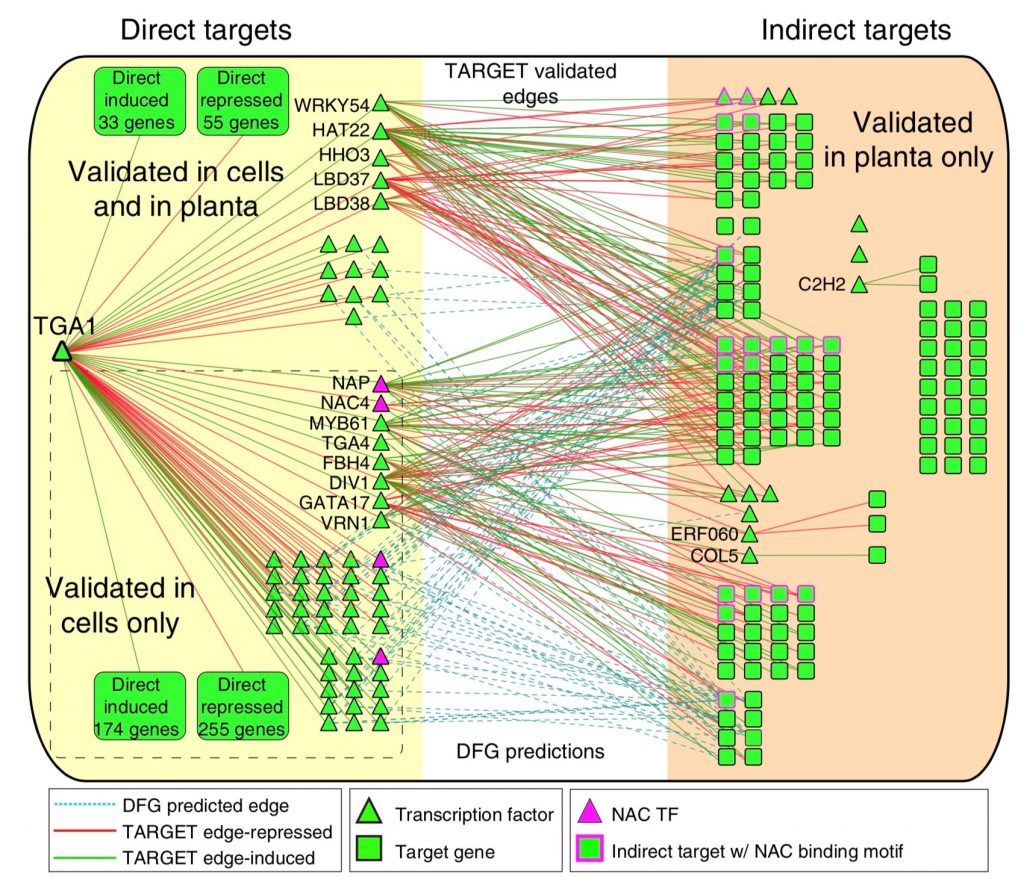
Network paths for nitrogen response in Arabidopsis (Nature Comms)
Plant Science Research WeeklyA goal of systems biology is to study how transcription factors participate in gene regulatory networks (GRN) underlying biological processes. In a recent report, Brooks et al. used network science to uncover how transcription factors mediate the early response to nitrogen (N). Authors identified the…

High-temporal-resolution transcriptome landscape of early maize seed development (Plant Cell)
Plant Science Research WeeklySeeds determine the yield and quality of the plants. In maize, seed development initiates from a double fertilization event where one pollen sperm fuses with the egg and the other with the central cell of female gametophyte to produce the progenitors of embryo and endosperm, respectively. The embryo…
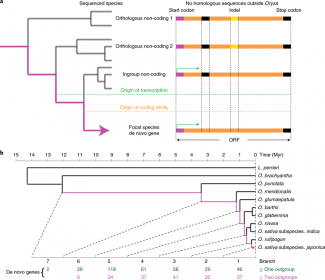
Rapid evolution of protein diversity by de novo origination in Oryza (Nature Ecol Evol)
Plant Science Research WeeklyThe de-novo origin of new protein-coding genes from non-coding regions of plant genomes is a contributor to protein diversity, although it has been difficult to quantify to what extent this process occurs. High quality reference genome maps, deep transcriptome and targeted proteome sequencing are requisite…
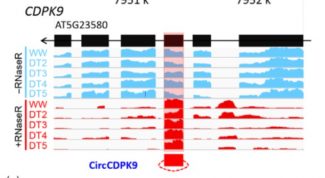
A large‐scale circular RNA profiling reveals universal molecular mechanisms responsive to drought stress in maize and Arabidopsis ($)
Plant Science Research WeeklyRecently, a novel class of noncoding RNAs named circular RNA (circRNA) has been shown to play roles in transcriptional regulation of gene expression in plants. However, a complete picture of circRNAome and their regulatory roles in controlling the stress response of plants was lacking. To address this,…

